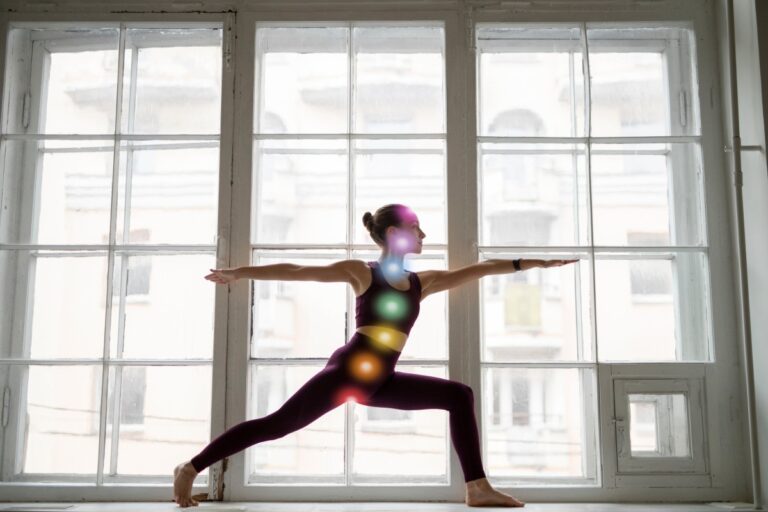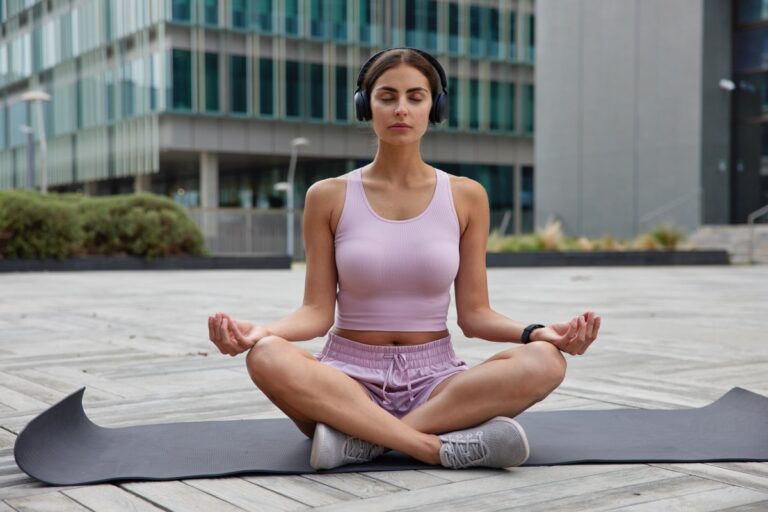Yoga is an incredible practice that can enhance both physical and mental well-being. With its diverse styles and classes, it’s important to choose the right one based on your fitness level. Whether you’re new to yoga or an experienced practitioner looking for a challenge, understanding your needs and abilities will ensure you get the most out of each session. Here’s a guide to help you choose the right yoga class for your fitness level.
1. Assess Your Fitness Level
Before diving into any yoga class, it’s crucial to assess where you currently stand in terms of strength, flexibility, and endurance. Beginners often struggle with flexibility, but yoga is designed to meet you where you are, and progress can be made with consistent practice. Ask yourself:
- Strength: Are you able to hold basic bodyweight exercises or positions?
- Flexibility: How easily can you stretch or reach certain body parts (e.g., touching your toes)?
- Endurance: Can you maintain a consistent level of activity for 30 minutes to an hour?
These questions will help you identify the class that matches your physical capabilities.
2. Explore Different Yoga Styles
Yoga offers a wide range of styles, each with its own focus. Some are more physically demanding, while others emphasize mindfulness and relaxation. Here’s an overview of common styles to consider:
- Hatha Yoga: Ideal for beginners, Hatha focuses on basic postures and is generally slower-paced. It’s great for those who are new to yoga and want to learn foundational poses.
- Vinyasa Yoga: This style is a bit more dynamic, with a flow of movements linked to breath. Vinyasa can be more challenging than Hatha, but there are beginner-level classes available.
- Power Yoga: If you’re looking for a more intense workout, Power Yoga offers a strength-based flow. It can be challenging, so it’s better suited for those with some fitness experience.
- Restorative Yoga: A more relaxing style, Restorative Yoga is all about deep stretching and relaxation, often with props to support the body. This style is excellent for anyone needing to reduce stress or recover from physical strain.
- Ashtanga Yoga: A fast-paced and physically demanding style, Ashtanga follows a specific sequence of poses and is typically not recommended for beginners due to its intensity.
3. Consider Your Goals
Everyone practices yoga for different reasons, and knowing your goals will help guide your choice of class. Are you looking to improve flexibility? Build strength? Relieve stress? Or perhaps all three?
- Flexibility: For increasing flexibility, consider classes like Hatha or Yin Yoga. These classes focus on deep stretches and holding postures for extended periods.
- Strength: If building muscle strength is your goal, try Power Yoga, Vinyasa, or Ashtanga.
- Stress Relief: If mental clarity and relaxation are your main objectives, Restorative Yoga or Yoga Nidra (a form of guided meditation) can provide a sense of peace and calm.
4. Take Into Account Your Physical Limitations
If you have any pre-existing conditions, injuries, or physical limitations, be sure to take that into account when choosing a class. Many studios offer gentle or modified versions of certain classes to accommodate individuals with specific needs. Some yoga styles, like Chair Yoga or Therapeutic Yoga, are designed to be more accessible.
It’s always a good idea to talk to your instructor before class about any injuries or limitations you may have. A good teacher will provide modifications to ensure that you can safely participate.
5. Attend a Class or Try Online Options
Many yoga studios offer free trial classes, which can give you a sense of the style, the instructor’s teaching method, and the class dynamics. Attending in-person classes is an excellent way to get a feel for the environment. Alternatively, if you prefer practicing from home, there are a variety of online yoga platforms that allow you to explore different styles from the comfort of your own space.
6. Listen to Your Body
No matter which class you choose, always listen to your body. If a pose feels too difficult, modify it or take a break. Yoga is about progress, not perfection, and the key is consistency. With time, you’ll gain more strength, flexibility, and confidence in your practice.
Conclusion
Choosing the right yoga class for your fitness level is an important step toward developing a successful practice. By assessing your fitness level, understanding your goals, and considering your physical limitations, you can find a style that suits your needs. Yoga is meant to be enjoyable and rewarding, so don’t rush the process—allow yourself to grow at your own pace. The right class will support you in achieving your fitness and wellness goals while offering a positive and enriching experience.
4o mini




